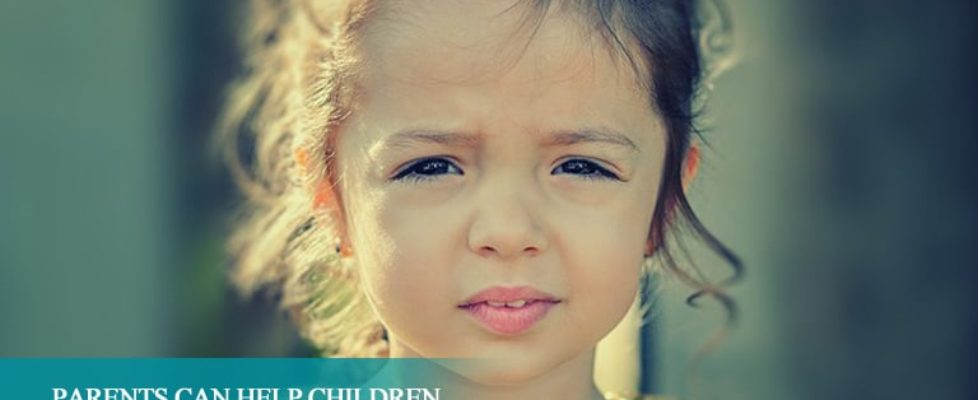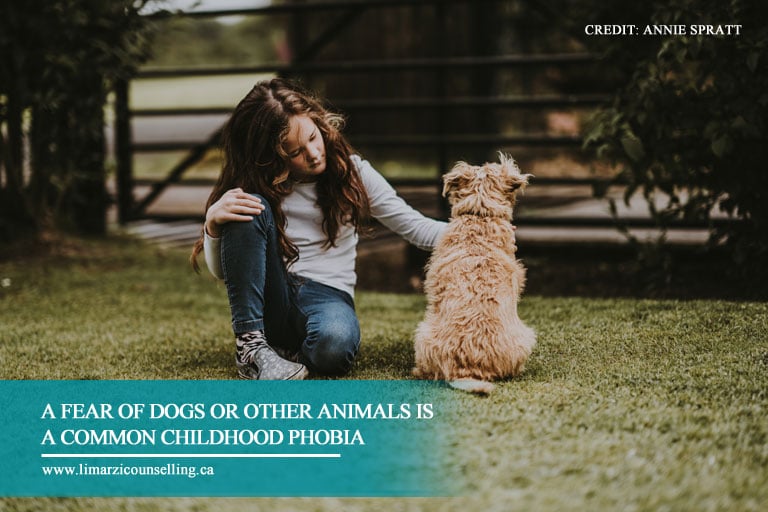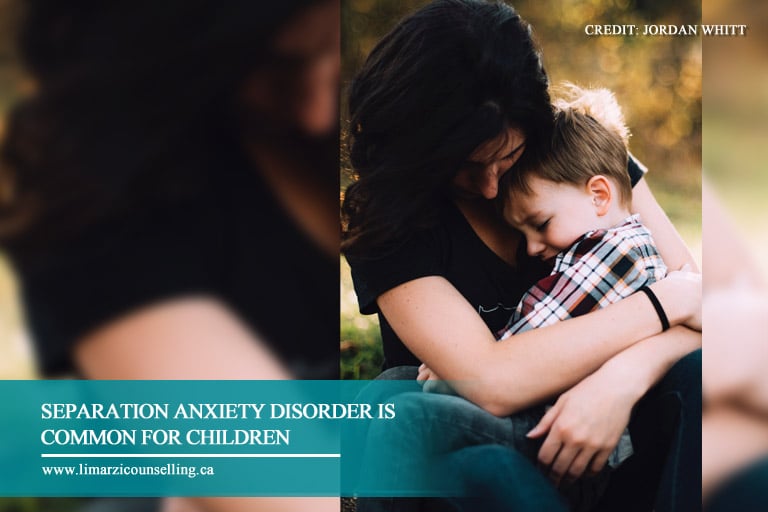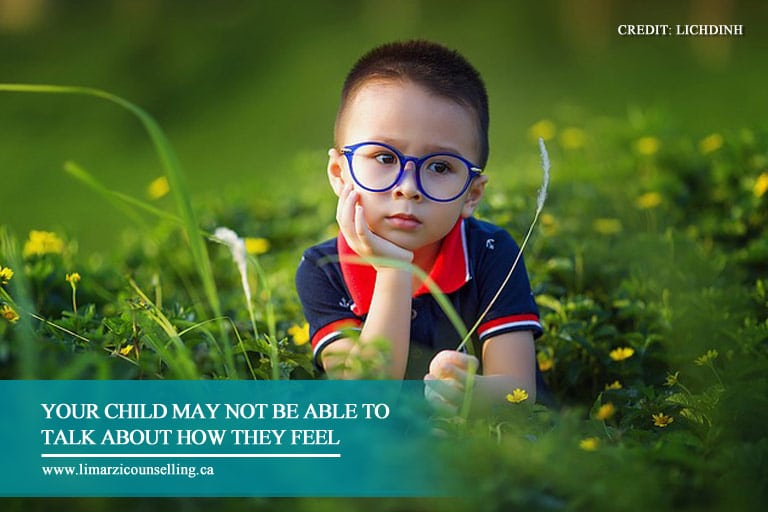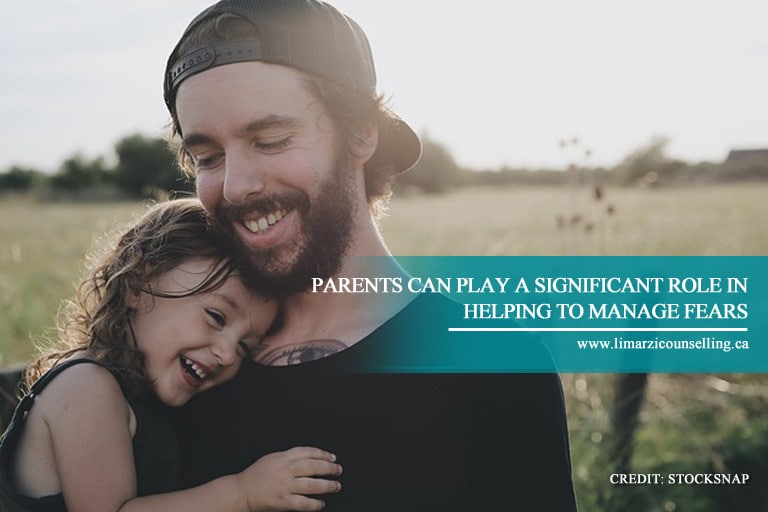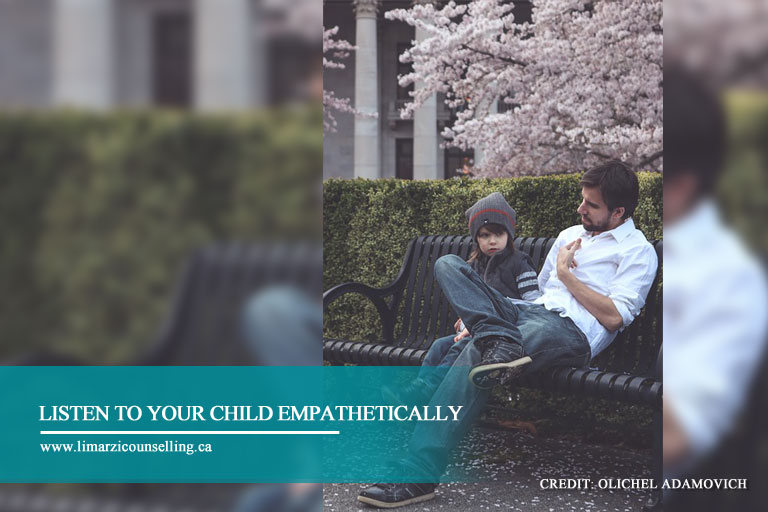Dealing with Childhood Anxiety: How to Help your Anxious Kid
It is natural for parents to want to protect their kids from things that scare them. Sometimes by wanting to prevent fear, parents can make the anxiety worse. Here are some suggestions to help you understand childhood anxiety and help your child learn to manage their feelings.
What is Anxiety?
Anxiety is a familiar feeling for most of us – a general sense of worry, nervousness, or unease that we’ve all experienced at different points in our lives. An anxiety disorder is an extreme version of this, characterized by a state of “excessive uneasiness and apprehension,” and is typically accompanied by panic attacks. The Canadian Mental Health Association estimates that 6% of Canadian children and youth experience an anxiety disorder at some point in their lives, making it one of the most common mental health problems. Anxiety disorders can be triggered by life events, such as traumatic or stressful life events, or they can develop over time.
There are Many Different Types of Anxiety
-
Phobias
– A phobia is an intense, irrational fear of a specific thing (an object, animal, or situation). Children are naturally afraid of some things — the dark, strange animals, loud noises, for instance. Usually, an adult can help the child feel safe. With a phobia, this may not be so. The fear is more intense and longer lasting. The child is terrified of the thing they fear and will do whatever they can to avoid it and may be difficult to comfort.
-
Social phobias or Social Anxiety Disorder
– A social phobia involves an intense fear of embarrassment and being afraid of what others will say or think about them. They will try to avoid parties, social situations or even school and their friends. The child may also fear being the centre of attention and will not raise their hand in class. School presentations, performances or group projects can be very distressing.
-
Panic Disorder
– A panic disorder is when a child suffers from panic attacks that happen repeatedly and for no apparent reason. A panic attack is a sudden onset of intense fear.
Symptoms may include:
- Racing heart
- Palpitations
- Sweating
- Trembling
- Shaking and shortness of breath
Children with a panic disorder may become afraid of having more panic attacks themselves.
-
Generalized Anxiety Disorder (GAD)
– Generalized Anxiety Disorder is where kids worry excessively about everyday problems, and the worry lasts for more than six months. They can worry about apparently minor things or things one would not expect to be worrisome, such as recess, birthday parties, or riding the bus. Children with GAD can also worry about more adult problems as war, asteroids, or the future.
GAD can present with physical symptoms such as headaches, muscle tension, and sleep problems.
-
Separation anxiety disorder (SAD)
– Separation Anxiety Disorder is where kids are afraid or anxious about being separated from a parent, or away from home. It is normal for young children to feel worried about being apart from their parents, but most adapt to being around other caregivers. With SAD, children may say they are sick and miss school, or cling to parents and refuse to go to other fun activities such as sleepovers, or birthday parties if their parent isn’t present. They may also have trouble falling asleep or sleeping alone.
-
Agoraphobia
– Agoraphobia is the fear of being trapped in a place where you can’t leave or get help if you have a panic attack. The child may avoid situations or places that they fear could cause panic attacks or feelings of anxiety.
Symptoms of Anxiety Disorders
Each anxiety disorder has its signs and symptoms, and these can sometimes be difficult for parents to identify. Children will not always be able to speak about their feelings but may show physical signs of their distress. Knowing the general symptoms of anxiety can help parents get their children the support they need.
Symptoms of Anxiety Include:
- Poor concentration or problems in school
- Irrational and excessive fear
- Difficulty sleeping
- Complaints of stomach pain or headaches
- Experiencing sudden and frequent panic attacks
- Avoiding spending time with friends or other activities
- Chest pain or feeling like their heart is racing
- Clinging, crying, or tantrums when separated from the parents
- Difficulty completing daily tasks or anxiety when completing a task
- Avoiding situations or places that cause anxiety
- Shortness of breath and sweating.
How is Anxiety Treated?
Treatments for anxiety will depend on the type of fear and the severity of symptoms. The most common practice for anxiety in children is cognitive behaviour therapy (CBT), or DBT Dialectical behaviour Therapy. The child works with a therapist to help them become aware of their negative thought processes and slowly over time help to change that thinking. The therapist will help them learn to identify stressors and develop strategies for coping with their anxiety.
In some cases, medication is recommended to help the child with anxiety, but this is usually only when the symptoms are more extreme, and the patient is not able to function or unable to treat their anxiety with CBT alone.
Treatment Options for Childhood Anxiety
- Cognitive behavioural therapy or dialectical behaviour therapy
- Family therapy helps the whole family learn to deal with anxiety and how to help manage behaviours
- Support groups for children, their parents and families
- Educational intervention helps develop strategies for assisting your child accomplish tasks in school
- Medication
Consult with your doctor to determine the best treatment option for your child’s needs.
How To Help Your Child
If you are concerned your child has an anxiety disorder, it is advisable to see your family doctor for a diagnosis. Once the child is diagnosed, parents can take these steps to help:
- Find a trained therapist they trust and take their child to regular appointments.
- Talk with the therapist to discuss treatments and ask how you can help.
- Help your child learn to manage their anxiety by helping them face their fears and learn to cope even when feeling anxious.
- Don’t always avoid situations or things that make your child anxious. This can reinforce negative thought patterns.
- Help your child express their feelings and listen and let them know you understand how they feel.
- Set realistic but positive expectations. You can’t promise that their friends won’t laugh at them at school or that nothing bad will ever happen, but you can reassure your child that they will be able to manage even if the things they fear do happen.
- Encourage them to take small steps forward, one step at a time. They don’t have to tackle everything all at once.
- Help your child think things through – if they are doing something new, or worried about a specific event, it helps to discuss what would happen if their fears came true. By talking it through step by step, the child can make a plan for how to deal with the anxiety if it arises.
If you are in the Windsor area and need information or support regarding your child’s anxiety, contact Wendy Limarzi’s Depression & Relationship Counselling Services. I have experience dealing with childhood anxiety and offer counselling services for children, youth, and their families. Contact me online or call me at (519) 253-1519 if you are looking for help.

